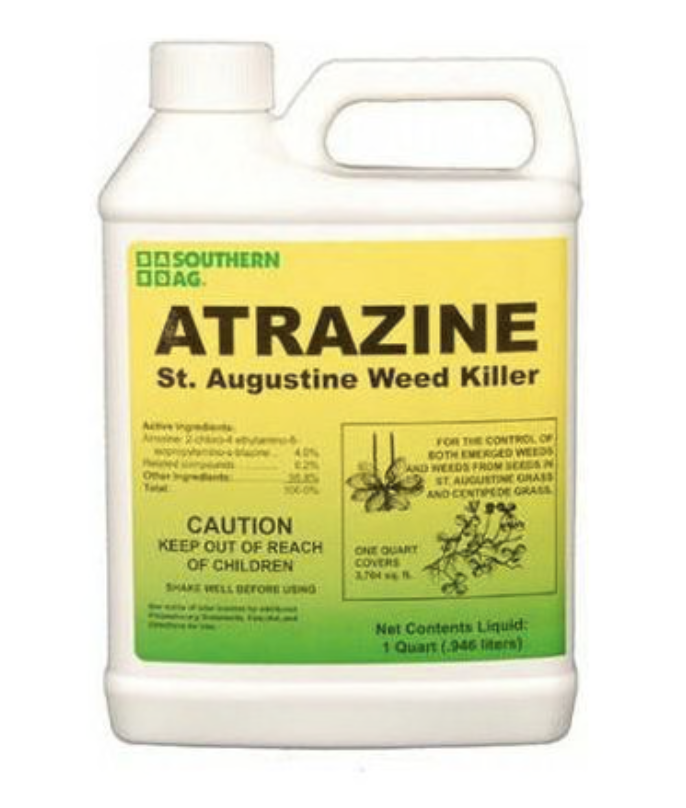Atrazine turns 1 in 10 male frogs female.
— Carnivore Aurelius ©🥩 ☀️🦙 (@AlpacaAurelius) May 30, 2024
Atrazine is the second most commonly used herbicide in the USA and found in 94% of drinking water.
It's also in corn, sugar and sometimes oranges, watermelon, cucumbers and green onions. pic.twitter.com/RcyCCTAPSf
Atrazine is a chlorinated herbicide of the triazine class widely used in the United States, primarily in agriculture. It’s used to prevent pre-emergence broadleaf weeds in crops like corn, soybean, and sugarcane, as well as on turf such as golf courses and residential lawns. The primary manufacturer of atrazine is Syngenta, and it’s one of the most commonly used herbicides in the United States.
However, atrazine has been a subject of controversy due to its potential health and environmental impacts. Studies have shown that atrazine can demasculinize and feminize vertebrate male gonads, affecting the production of male hormones (androgens) and increasing the effect and production of estrogen (female hormones). This effect has been observed across a range of vertebrate species, from fish to mammals, indicating a broad impact on wildlife.
The US Environmental Protection Agency (EPA) has reviewed the risks of atrazine and imposed new restrictions to protect aquatic environments. These include reducing runoff or application rates in watersheds with atrazine concentrations exceeding 3.4 μg/L and prohibiting the use of atrazine when soils are saturated with water or during rain or storms forecasted within 48 hours.
Despite these regulations, atrazine is still found in 94% of US drinking water tested by the USDA, more often than any other pesticide. Over 25 million pounds were used in 2018 just on the corn and soy grown in the US for farmed animal feed. Runoff from application in the animal agriculture industry leaches atrazine into waterways, posing risks to aquatic ecosystems and human health.
